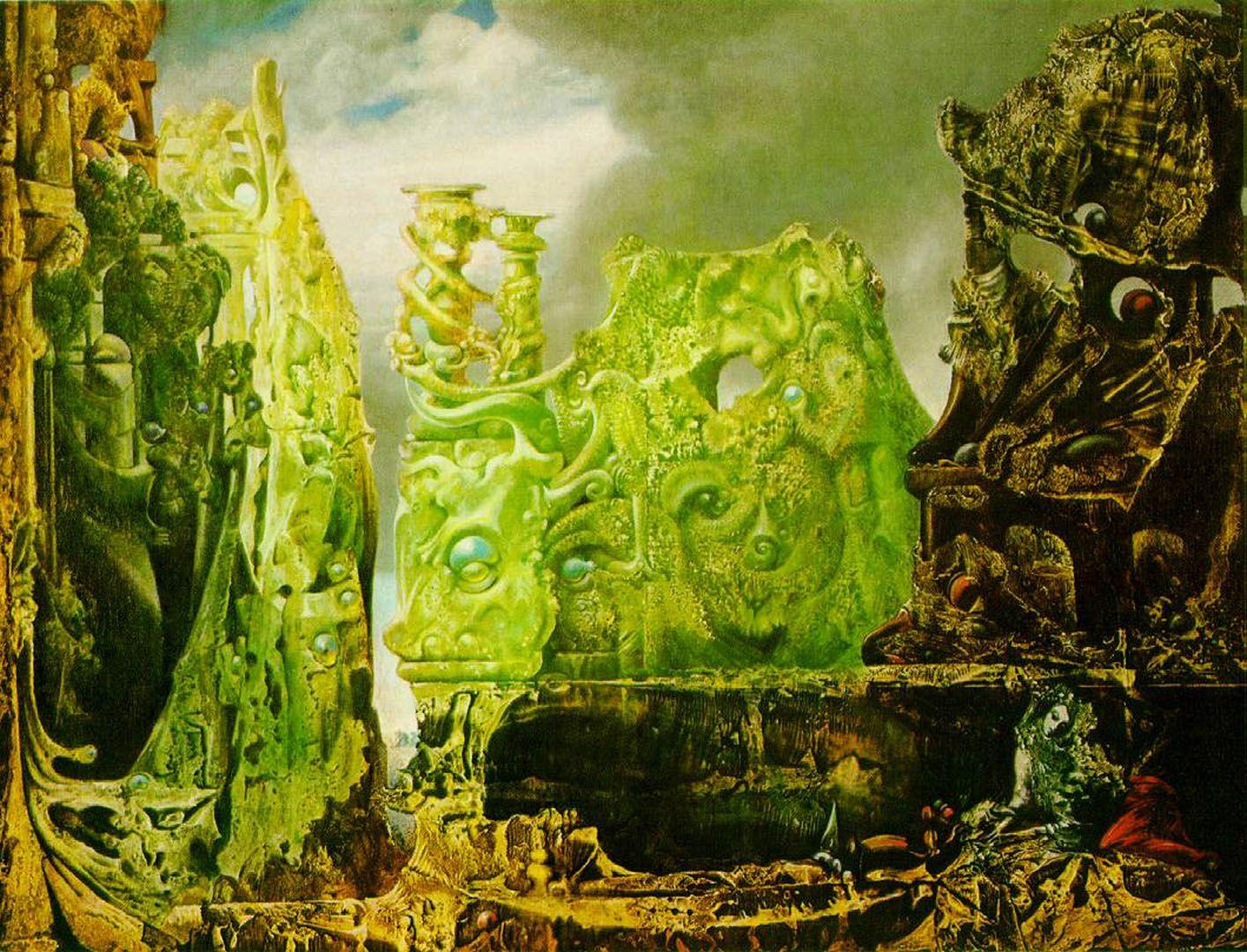version
Well-known member
It totally flies over my head that stuff.
Some of it's difficult, some of it's just a case of being unfamiliar with the terminology and people like Land blasting the reader with it.
It totally flies over my head that stuff.
Also seems a bit dated in a way that Burroughs doesn't.
With this type of theory stuff, they're trying to fold in modernist poetry into philosophy, and I can appreciate the effort they go to, but they just don't have the literary flair of a Burroughs or Joyce or Eliot etc. so it becomes unreadable to me. And I don't know much about philosophy anyway, so I'm in doubt how well it stands up to the philosophic tradition - it could just be total twaddle for all I know.
Just got the last (long) section to read now. It looks like a good one, but I do think he could have chopped out a couple of the heavily cut-up sections later in the book, and the overall effect would have been more powerful.
Hard to say really. I think this one takes it to the absolute limits, and combines a lot of of the elements of the other two, brings in more of the tape recorder stuff to explain his methods.How do you think it stacks up next to the other two?

Something that became more obvious was how much heavier it is on atmosphere and description than it is ideas, particularly in comparison to Nova Express. There are still plenty of ideas, but there isn't the bird's eye view of the techniques and conspiracy you get in the later book. It's mostly dense description of drugs, sex acts, tropical disease and exotic locales. He's attacking language, control systems, but he isn't telling you that's what he's doing or why he's doing it yet. You're just gripping the wreckage, watching it play out up close.
I agree with what you said here. The other two books help you understand what he's doing, but soft machine is the thing itself in its purest form. Need to go back to it.
I've felt this about all the Burroughs I've read. I much prefer the earlier parts of Cities of the Red Night which are more or less coherent and tell an actual story, or rather two or three parallel stories, before it goes all stream-of-consciousness towards the end.The best sections for me are when he does a relatively more straightforward narrative, then goes to town chopping and splicing it in with all the previous bits
@version I haven't got that restored edition of soft machine - is the first version not all contained within it?
The Soft Machine has been printed in four different editions, the first three revised by the author, the last by Burroughs scholar Oliver Harris.
Burroughs himself was very displeased with the first edition and this was the main reason for rewriting it so thoroughly: in 1961 he wrote to his friend Allen Ginsberg that he rewrote it extensively while he was working on Dead Fingers Talk, mostly because he was displeased with the balance of cut-up and more linear material. However, his revised editions included much new cut-up material as well as more conventional prose.
- The first edition was printed by Olympia Press in Paris, in 1961, as number 88 in the Traveller Companion Series. It featured 182 pages arranged in 50 chapters of about 8 pages each. This edition was colour-coded into four different Units, and it was heavily fragmented. This edition is rare and the text is not widely available.
- The second edition was printed by Grove Press in the United States, in 1966. In this edition, Burroughs removed 82 pages and inserted 82 new pages, and the remaining 100 pages were rearranged and restructured using further cut-ups. Much of the added material was linear, narrative prose, which is arguably easier to read than the disorganized first edition. Many chapters were renamed and rearranged in this edition, and the colour code from the first edition was removed.
- The third edition was printed by John Calder in Great Britain, 1968. This time most chapter titles were intact from the second edition, but they began at more natural places in the text, whereas the second edition could place them in the middle of a sentence. The chapter 1920s War Movies was renamed The Streets of Chance. Twenty pages of new material had been added, plus about eight pages from the first edition which had been removed in the second edition. About five pages of material which was present in both the first and second edition was removed. This edition also included an "Appendix" and "Afterword".
- The fourth 'Restored' edition was printed by Grove Press in the United States in 2014. Drawing on the discovery of a manuscript of The Soft Machine that was to have been published by Olympia Press in 1963, this edition restores a short cancelled chapter ('Male Image Back In'), restores the 1961 edition's heavy use of capital letters, and has some different chapter breaks. The edition also includes an introduction, extensive notes and appendices.
I've felt this about all the Burroughs I've read. I much prefer the earlier parts of Cities of the Red Night which are more or less coherent and tell an actual story, or rather two or three parallel stories, before it goes all stream-of-consciousness towards the end.
Similarly, I tried to tackle The Soft Machine years ago but kind of gave up about halfway through as I was having trouble making out any kind of story I could give a crap about through page after page of drug nonsense and random buggery.
